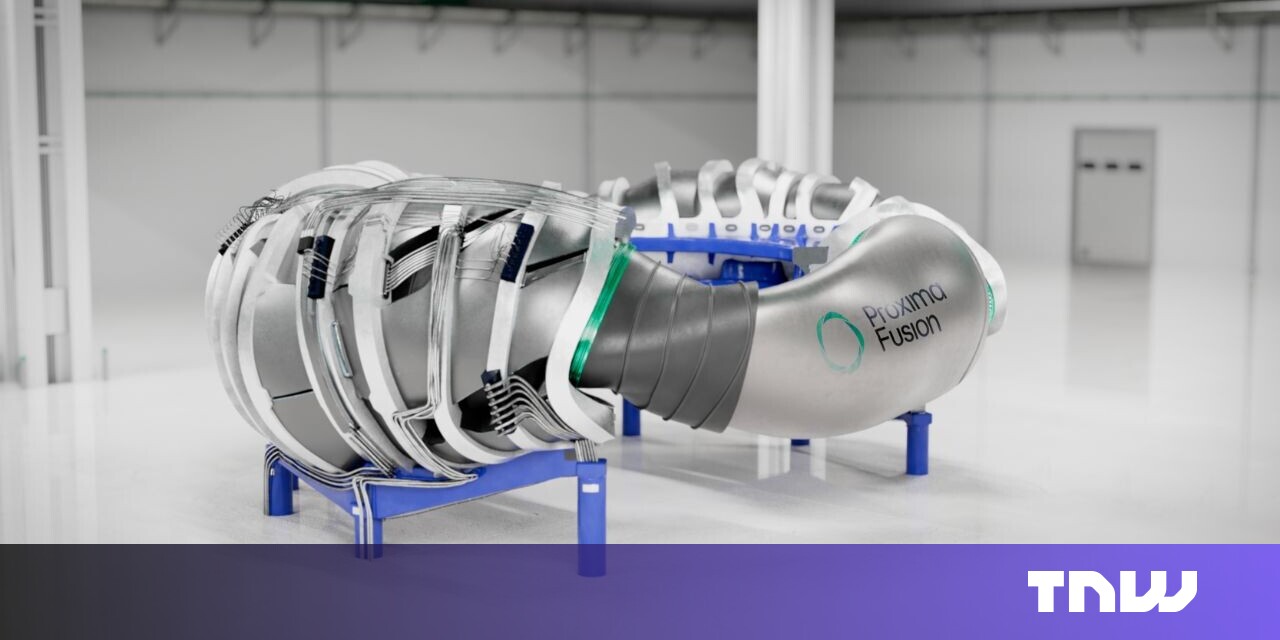Francesco Sciortino, co-founder and CEO of German startup Proxima Fusion, believes fusion energy can complement wind and solar power and become a “decisive building block” for Europe’s energy security.
“Fusion holds the potential to fundamentally transform the way we think about energy, changing the world from a place that’s controlled by those with reserves of oil and gas, to one where technology lets countries control their own fate,” he told TNW.



Sure. Maybe in twenty to thirty years. As it’s always been for the last fifty to seventy years.
On one hand, it’s true that there will be no near-term return. On the other hand, if nobody makes the investment because it is a large project, then it will never happen.
The biggest fusion reactor in the world is being built in France right now, with the EU as the leading funder
ITER isn’t going to be a commercial service, though. It’s another stage in the R&D process.
After ITER happens, assuming no unexpected disruptions, looks like the next planned stage is construction of demonstrators:
https://en.wikipedia.org/wiki/DEMOnstration_Power_Plant
General commercial service would be at least a phase after that.
So it’s going to be a while. I mean, I’m not saying that there won’t be anyone alive using commercially-generated fusion electricity who remembers the year 2025, but it’s not going to be a near-term thing. Fusion power generation requires taking a long-term view.
Isn’t that exactly the kind of “when old men plant trees under whose shade they know they’ll never sit” that you were advocating for?
Yes?
I’m not saying don’t do it. I’m saying that ITER isn’t going to make this a near-term thing.
I didn’t say we shouldn’t invest in or continue to research it. But it’s not a solution (or even part of one) for anything in the foreseeable future.